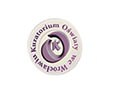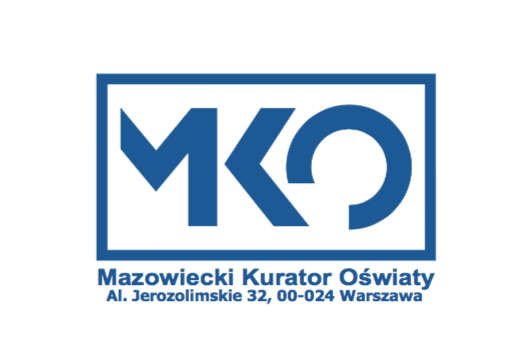How to prepare a memorable presentation in three steps?
8 June 2016
Presentation of a project, self-presentation, and presentation of the results of a group or a competition work are just a few examples of the presentations that young scientists must deliver as part of their career. Therefore, one should know the basic principles of their creation in order for the audience to remember the speech.
Step 1. – Planning
- Identify your audience.
- Specify a clear objective of the presentation.
- Formulate and write down the key ideas of the presentation.
The first and most important element of preparations is to consider what you are talking about and to whom.If it is a science competition, your audience will be the jurors. Consequently, your preparations may include checking their area of specialisation and interests. This will allow you to better present your knowledge to them. Then, you should detail specific objectives that you want to achieve with your presentations and formulate the key note of the speech.
Step 2 – Preparation
- Prepare the structure of the presentation, bearing in mind the rule “the simpler the better”.
- Remember that the presentation must be delivered using understandable, interesting and easily-remembered language and expressions.
- Don’t present dry facts, rather tell a story.
This stage requires the most time. Start with preparing a “scaffolding” of the presentation i.e. introduction, body and conclusion. In each section, establish the key idea that your audience should remember. Then supply relevant examples – for example a story or a picture. Remember to show some restraint, as too many asides can distract you audience. Concentrate on simplicity – the language should be understandable to your audience. If the speech requires the use of technical/specialist expressions, introduce them with explanations. This better not be just a dry definition copied from a book.
Step 3 – Practice
- Practice you tone of voice.
- Be aware of your body language.
- Rehearse the speech in front of your family or friends; you can also record it.
The principle “practice makes perfect” is also valid in public speaking.
When you already have a plan and an outline of the presentation, it’s time to practice your tone of voice, pace of speech and, most importantly, to develop self-confidence. Remember to speak vigorously, but not to shout. How we are perceived is also influenced by our body language. A good exercise will be delivering the speech in front of a mirror or recording it. This will make you aware of your body posture and the image that you create as a speaker.
You should bear in mind these three principles when preparing a presentation. Thanks to the pre-planning of your work, retaining an appropriate structure of the speech and practicing it a couple of times, you can spare yourself unnecessary stress and make your audience remember your chosen, most important messages.
Author: Joanna Jurek (aged 19)
First year Biomedical Sciences student at the Ulster University, Northern Ireland and ADAMED SmartUP Programme Ambassador since 2014.
Laureate of the 2014 Intel ISEF Los Angeles competition, Innovation Fairs in Croatia and Germany (gold and silver medal). Currently a co-author of the Origami BioBandage project. TEDx Youth 2014 Krakow speaker, and speaker at the international 2015 P&G ‘Always like a Girl’ programme. Her achievements were described in 2014 by the Financial Times.



























